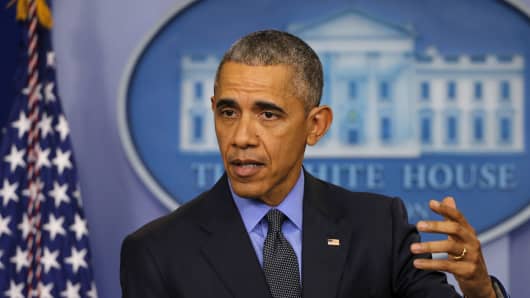What a difference four years make.
In 2012, President Obama's State of the Union address audaciously put American manufacturing and the middle class front and center. Later that year, as he was asking voters for four more years, he made a campaign pledge to create 1 million new manufacturing jobs during his second term, which would have been an impressive accomplishment.
While this president will have many defining legacies – particularly as we look back on his domestic policy and diplomacy – reviving American manufacturing won't be among them.






